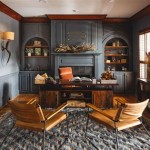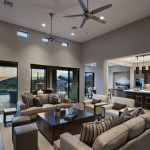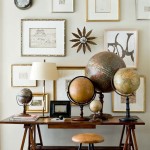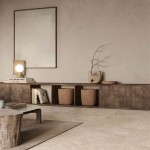Discuss What Is Structural Design And Decorative
The architectural field encompasses a myriad of disciplines, two of which are structural design and decorative elements. Structural design forms the backbone of any architectural project, ensuring the integrity and stability of the structure. Decorative elements, on the other hand, add aesthetic appeal and enhance the visual experience. Understanding these essential aspects is crucial for architects, designers, and anyone involved in the creation of architectural spaces. This article will delve into the key facets of structural design and decorative elements, exploring their significance and interplay within the architectural realm.
Structural Design: The Foundation of Architectural Stability
Structural design is the process of conceiving and engineering the load-bearing elements of a building. It involves careful analysis and calculation to ensure that the structure can withstand various forces, including gravity, wind, and seismic activity. The primary goal of structural design is to create a safe and habitable space that meets building codes and regulations. Structural engineers work closely with architects to translate design concepts into feasible and structurally sound solutions. They utilize advanced software and techniques to analyze and optimize the distribution of forces within the building, ensuring its stability and longevity.
Decorative Elements: Enhancing Aesthetic Appeal
Decorative elements play a vital role in shaping the visual identity of an architectural project. They add character, style, and personality to spaces, enhancing the overall aesthetic experience for users. Decorative elements can range from intricate moldings and cornices to decorative lighting fixtures, wall coverings, and furniture. Architects and interior designers carefully consider the interplay between form, texture, and color to create visually appealing and harmonious environments. Decorative elements can also serve functional purposes, such as providing privacy, controlling natural light, or enhancing acoustics.
Interplay between Structural Design and Decorative Elements
While structural design and decorative elements serve distinct purposes, they are not mutually exclusive. In fact, the interplay between these two aspects can create visually striking and structurally sound architectural spaces. Architects and designers must strike a delicate balance between the functional requirements of the structure and the aesthetic aspirations of the project. This involves careful planning and collaboration to ensure that decorative elements do not compromise the structural integrity of the building. By integrating structural and decorative elements seamlessly, architects can create spaces that are both visually appealing and secure.
Conclusion
Structural design and decorative elements are fundamental aspects of architectural design, each contributing to the overall success of a project. Structural design ensures the safety and stability of the building, while decorative elements enhance its aesthetic appeal. Understanding the essential aspects of both disciplines is paramount for architects, designers, and anyone involved in the construction industry. By carefully considering the interplay between these two elements, it is possible to create architectural spaces that are both visually stunning and structurally sound, providing a harmonious and enjoyable experience for occupants.

Structural And Decorative Design Part 3

Ppt Structural And Decorative Design Powerpoint Presentation Free Id 9096835

Decorative Design

Key Elements Of Interior Design And Decoration

Evaluation Of Visual Design

Structural Vs Decorative Design By Whitney Carter

What Is A Structural Design And Why It Required

Classification Of Dress Design For Fashion Designer Textile Learner

Implementation Of Decorative Design In Dress Designing Textile Learner

Interior Decorating And Design Styles Differences Types Lesson Transcript Study Com







